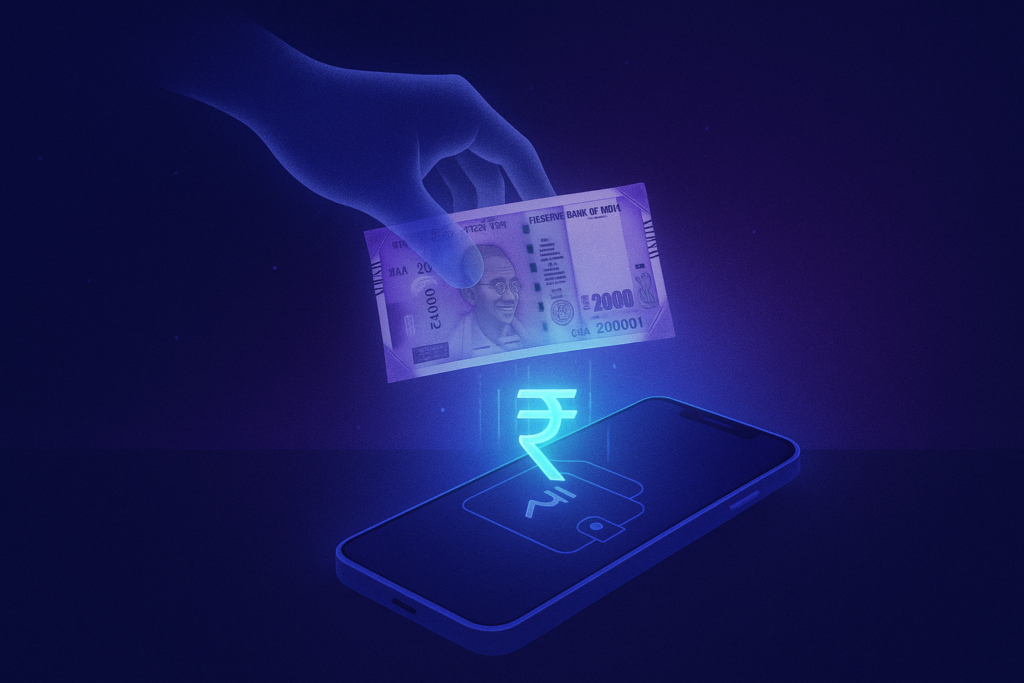When we think of money, most of us picture currency notes printed by the Reserve Bank of India. But in reality, those colorful notes are just the tip of the iceberg.
The truth? Most of the money in the Indian economy is created by commercial banks — not the RBI.
Let’s unpack how this works.
1. What We Think Happens
Ask around, and you’ll hear something like this:
“The government prints money, gives it to people, and that’s what we all use.”
That’s only partly true. The RBI does print physical cash and manages the economy’s “base money,” but that makes up a small fraction of the total money supply.
2. What Actually Happens: Banks Create Money
Here’s the real mechanism:
- You walk into a bank and take a ₹10 lakh loan.
- The bank doesn’t hand over existing cash.
- Instead, it creates a ₹10 lakh deposit in your account — from thin air.
- That money didn’t exist in the system a moment ago. Now it does.
This is not a trick — it’s how modern banking works, and it’s perfectly legal and normal.

3. Where Does the Money Go?
You use the ₹10 lakh to buy a car. The car dealer deposits it in their bank. Now, that bank has more deposits and can issue more loans. The cycle continues.
This is how money multiplies in the economy, fueled by lending.
4. But Doesn’t This Lead to Infinite Money?
Great question.
It could, if left unchecked. But three key things keep it under control:
- Reserve requirements: Banks must keep a portion of deposits as reserves (CRR, SLR).
- RBI policies: Interest rates, repo operations, and credit norms regulate lending.
- Risk and repayment: Banks don’t lend blindly — if loans go bad, they bear the cost.
So, while banks can create money, they do it within boundaries set by regulation and risk appetite.
5. What Happens When You Repay a Loan?
Here’s the part most people miss:
- Loan issued = money created
- Loan repaid = money destroyed
Yes — repaying your loan actually reduces the total money in the economy. Only the interest portion goes to the bank’s income; the principal vanishes from circulation.
This isn’t a bug. It’s the system working as intended.
6. Why This Matters
Understanding how money is created helps explain:
- Why credit booms lead to economic growth
- Why too much lending causes inflation
- Why central banks matter so much in our daily lives
It also reminds us that money isn’t a fixed thing — it’s a fluid system built on credit, trust, and regulation.
So the next time you swipe your card, take a loan, or check your balance — remember: that number is more dynamic than you think.